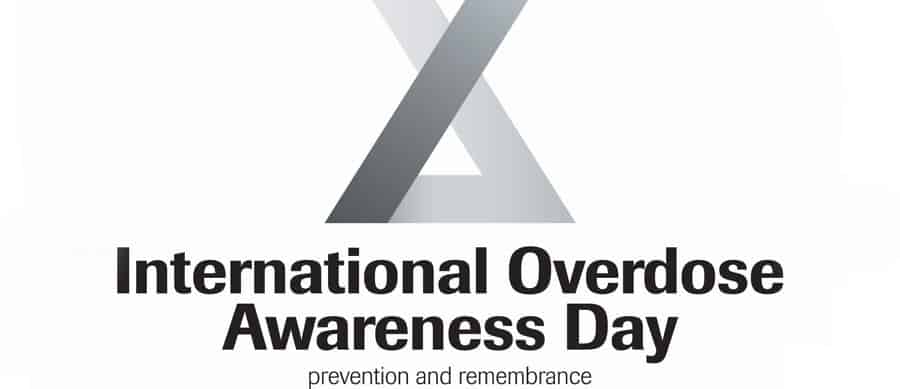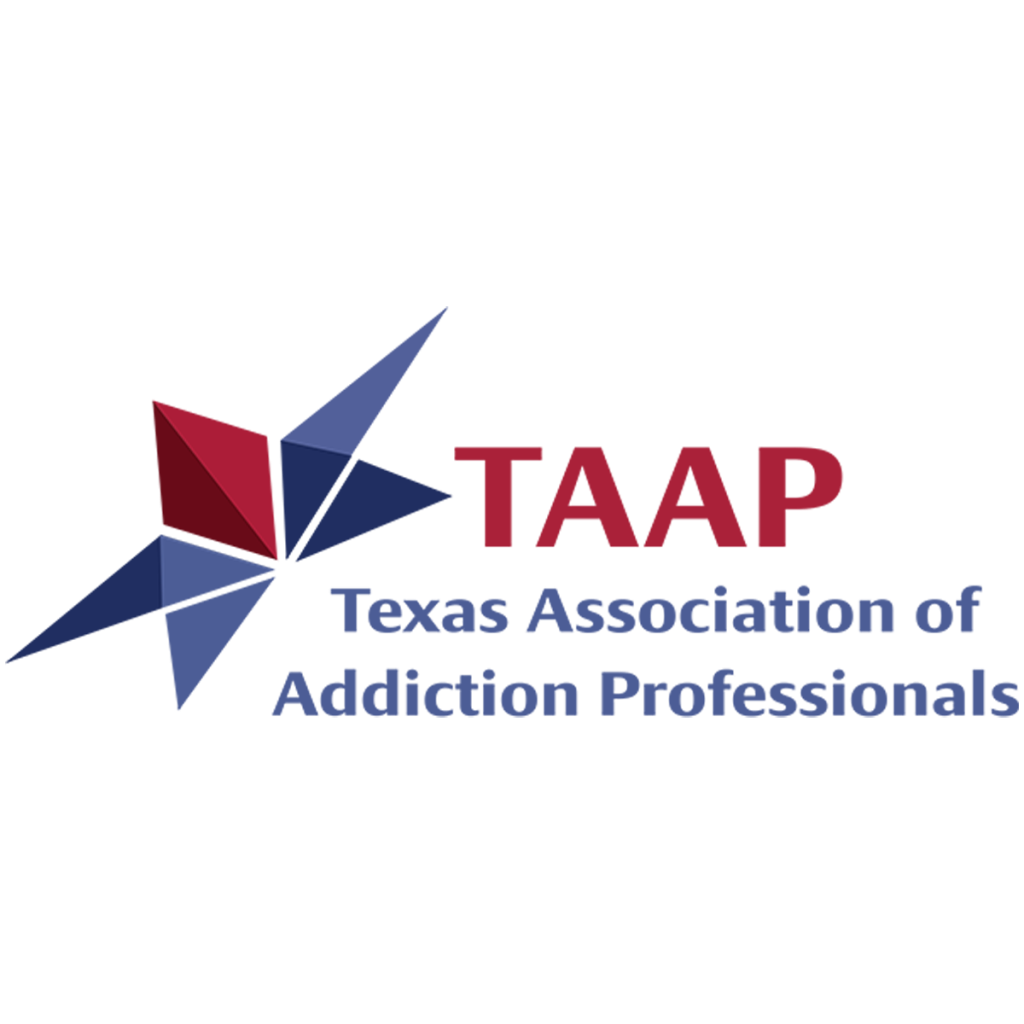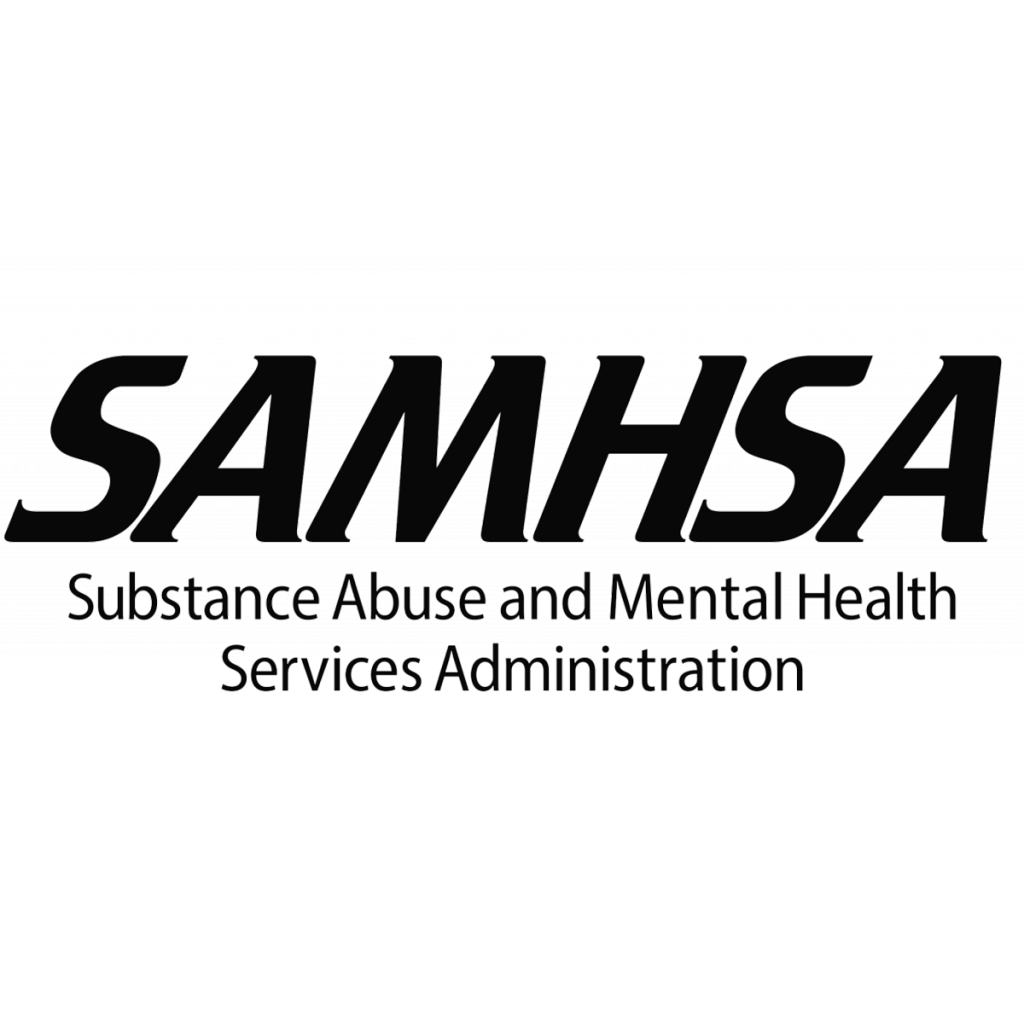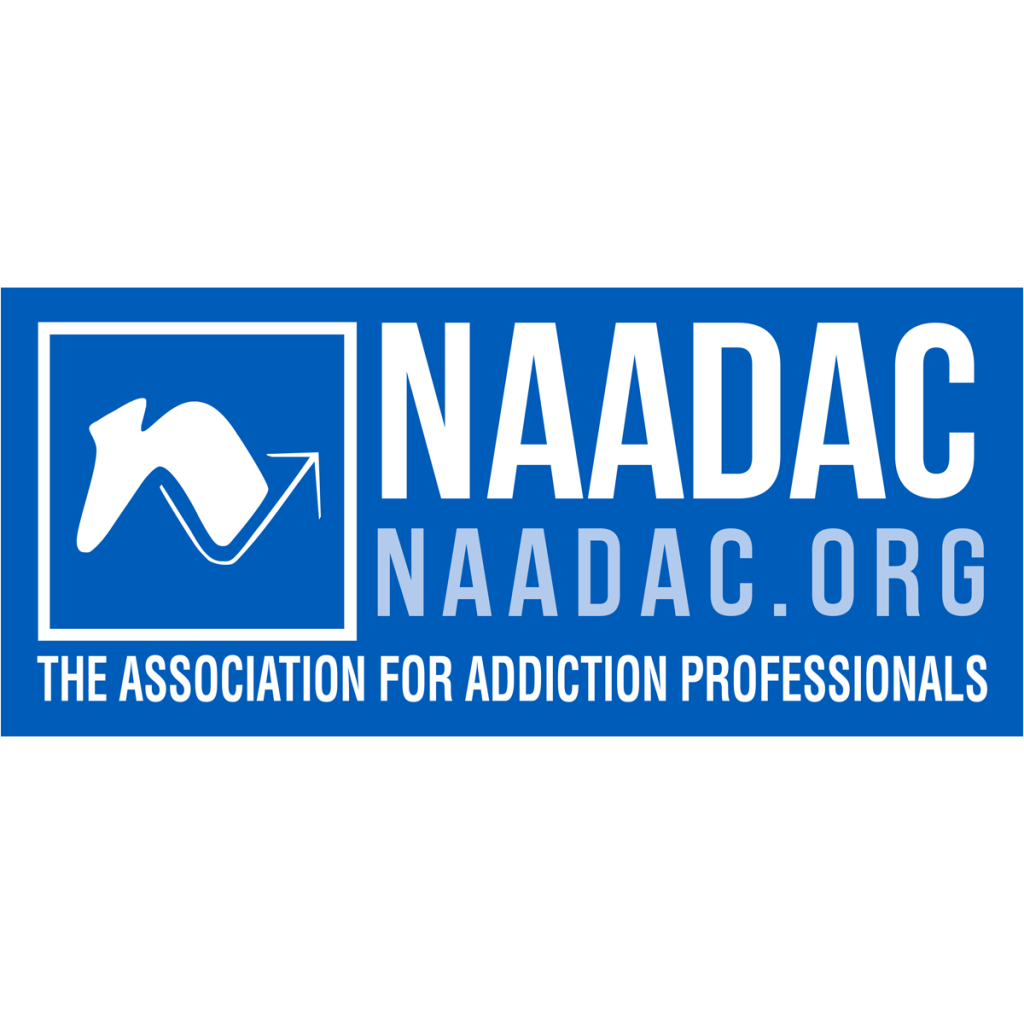Last Updated on October 4, 2023

About National Overdose Awareness Day
International Overdose Awareness Day originated in Australia and has since expanded to become a global initiative. It is observed on August 31 and is a campaign aimed at educating the public on the facts and statistics surrounding drug overdose, reducing stigma of drug overdose deaths, and encouraging preventative treatment, activities, and policies. It is also a time to acknowledge the grief of family members and friends of loved ones who lost their lives to drug overdose.
In observance of International Overdose Awareness Day, we have compiled an informative list of 21 important facts everyone should know about drug overdose. Whether you are suffering from addiction or know someone else who is, here are a few important things you should know about drug overdose.
- North America has the highest drug-related mortality rate in the world.
According to the United Nations Office on Drugs and Crime, North America accounts for about a quarter of all estimated drug deaths worldwide.1 In 2015, the estimated number of drug-related deaths in North America was 55,300. In comparison, Latin America and the Caribbean had an estimated 5,000 drug-related deaths, Oceana had 2,600, and Western and Central Europe had 8,400.2
- Drug overdoses killed about 72,000 Americans in 2017.
2017 preliminary estimates from the Centers for Disease Control and Prevention (CDC) are higher than ever, with a record-breaking 72,000 overdose deaths. In 2016, there were an estimated 63,632 drug overdose deaths, which is a 21 percent increase from previous years. The World Health Organization primarily attributes this increase to the misuse of prescription opioids.3
- On average, 115 Americans die every day from an opioid overdose.
Opioid overdoses in America kill more people than car accidents and violence. With an average of 115 Americans dying every day, opioid overdoses are claiming far too many American lives.4
- Adults are not the only ones being affected by opioid overdoses.
A study published in the journal Pediatrics in March of 2018 revealed child hospitalizations due to opioid overdoses nearly doubled between the years 2004 and 2015. Most of these hospitalizations involved children between the ages of 12 and 17. One-third involved children under the age of six. Most of the children referenced in the study had overdosed on illicit opioids like heroin or prescription opioid drugs.5
- Americans are filling fewer opioid prescriptions, but drug overdose rates are still increasing.
Recent data found that the number of opioid prescriptions being filled by retail and mail-order pharmacies in the U.S. decreased by an average of 8.9 percent. The number of opioid prescriptions being filled also dropped in all 50 states.6 Some commonly abused prescription opioid drugs include:
- Carfentanil
- Codeine
- Dilaudid (Hydromorphone)
- Heroin
- Krokodil
- Vicodin/Lortab/Lorcet (Hydrocodone)
- Demerol (Meperidine)
- Dolophine/Methadose (Methadone)
- Duramorph/Roxanol (Morphine)
- Fentanyl
- Opana (Oxymorphone)
- OxyContin/Percodan/Percocet (Oxycodone)
- Synthetic opioids are the leading cause of drug overdose deaths in the U.S.
According to the National Institute on Drug Abuse (NIDA), fentanyl and other synthetic opioids (with the exception of methadone) are killing more people than drugs like heroin, cocaine, methamphetamine, or methadone.7 Preliminary 2017 estimates for drug deaths involving cocaine totaled 14,556 and estimates for drug deaths involving benzodiazepines totaled 10,684.8
- Overdose deaths contribute to between roughly a third and a half of all drug-related deaths.
Most of these overdose deaths can be attributed to opioid drugs.9 Other leading causes of death in the U.S. are heart disease, cancer, and chronic lower respiratory diseases.
- Adults aged 25–34, 35–44, and 45–54 had the highest rates of drug overdose deaths in 2016.
Data from the CDC reveals a broad range of adults ages 25 to 54 are killed by drug overdose.10 Clearly, the drug problem isn’t just one that plagues young people, it’s an epidemic that affects adults in all stages of life.
- About 70 percent of drug users witness an overdose sometime over the course of their life.
Most substance abusers will see someone overdose.9 Additionally, others who are most likely to witness an overdose include the friends and family members of substance abusers, healthcare workers and emergency responders, and social outreach workers within the community.
- If you witness a drug overdose, there are several things you can do to help.
If you witness a drug overdose, whether it be affecting a loved one or a stranger, there are several things you can do to help. Harmful or deadly overdose effects may take anywhere from a few minutes to several hours to set in, so you have time to do the following things to help.11
- Check the person’s vitals (breathing and heart rate).
- Ask the person questions to keep them awake and alert if they are conscious. If the person has lost consciousness or is not breathing, call their name to try to get a response.
- If you are trained and know how to administer naloxone, do it. If you are certified to do CPR and it becomes necessary, you should also do it.
- Call 911 and follow any directions the operator gives you.
- Get more information from the person overdosing or the people nearby, if possible. Try to find out what drug was taken, how much was taken, and the last time he/she took it. If the person overdose on a prescription drug and the container is nearby, give it to the emergency responders or take it with you to the ER if you accompany the person.
- Stay calm and assure the person that help is on the way.
- The primary signs and symptoms of opioid overdose are referred to as the “opioid overdose triad.”
If you’ve never witnessed an opioid overdose, there are three main symptoms to look for:
- Pinpoint pupils
- Unconsciousness
- Respiratory depression9
- People dependent on opioids are the group most likely to suffer an overdose.
Opioid dependency is highly associated with overdose due to the tolerance people develop and the potency of opioid drugs, especially synthetic opioids like fentanyl and carfentanil, which can be 50 to 100 times more potent than morphine. Opioid-dependent people who have the highest risk of overdosing may:
- Have recently been released from jail or just completed detox and/or rehab
- Inject opioids
- Take high doses of prescription opioids
- Abuse opioids with other sedatives
- Suffer from medical or psychological problems like HIV or depression
- Live in an environment where illegal or prescription opioids are easily accessible9
- The term “drug overdose” doesn’t automatically mean it’s fatal.
A drug overdose occurs when a person ingests more of a drug or combination of drugs than his or her body can handle, such as acute alcohol poisoning. Although many people automatically think a drug overdose means death, this is not true. The term refers to any unpleasant and unintended effect of the drug. The severity of a drug overdose will vary depending on the type of drug that was used, the amount used, how it was administered, and the gender, age, and weight of the person taking the drugs (among other factors).12,13
- The physical effects of drug overdose can range from minor to deadly.
Drug overdose may cause a variety of severe or minor physical side effects. Anything from nausea or death is possible. One of the lesser-talked-about, yet serious side effects of drug overdose is permanent brain damage.14 Brain damage can cause:
- Problems with balance, coordination, and movement
- Impairment of the senses
- Difficulty speaking or writing
- Problems concentrating or thinking clearly
- Memory loss
- Complete unresponsiveness (vegetative state)15
- There are two primary causes of drug overdose: accidental overuse and intentional overuse.
A person may misuse a drug intentionally, to harm themselves or end their own life. In other instances, a person may unintentionally overdose by accidentally taking too much of a prescription drug or mixing substances like Lunesta (the sleep aid drug) and alcohol, for example. One cannot assume that a person overdosed intentionally, as this is not always the case.
- Non-fatal drug overdoses are much more common than fatal ones.
Although many of us may think about drug overdoses in terms of fatalities, non-fatal drug overdoses are also very common. Although many people survive drug overdoses, they come with harmful and lasting emotional and physical side-effects. Additionally, according to the CDC, research shows that a person who has had one overdose is much more likely to have another.16
- Out of all the U.S. states, West Virginia had the highest overdose death rate in 2016.
While overdose deaths continue to increase throughout all the U.S. states, West Virginia had the highest rate of overdose deaths in 2016 with 52 deaths per 100,000 population. Ohio and New Hampshire followed immediately after, with 39.1 deaths per 100,000 population and 39 deaths per 100,000 population respectively.17
- Certain demographic characteristics may increase a person’s risk of opioid overdose.
The following demographics increase a person’s opioid overdose risk, in addition to the risk for related substance abuse problems:
- Being male
- Being a female who receives Medicaid or has recently been released from prison
- Being a former prison inmate with low income
- Not having permanent housing
- Having less education
- Being a veteran with a mental health disorder or a veteran receiving prescription opioids and benzodiazepines
- Being a lesbian, gay, or bisexual
- Using drugs via injection18
- There are four primary ways we can prevent opioid overdose.
Although opioid overdose (and drug overdose in general) is a major problem in America, the are several preventative steps we can take as a nation to combat drug overdose and overdose-related issues. The World Health Organization recommends these four things:
- Increasing the availability of opioid dependence and addiction treatment
- Reducing the overprescribing and inappropriate prescribing of opioid drugs
- Implementing stronger monitoring of opioid prescribing and dispensing
- Limiting over-the-counter sales of opioids9
- Naloxone can completely reverse the effects of opioid overdose and prevent additional deaths.
Naloxone (or Narcan) is a life-saving drug that can be administered to revive people who have overdosed on an opioid drug. Although it causes severe withdrawal symptoms, it can save a person’s life in seconds. It is inexpensive and can be purchased at some pharmacies. It may also be provided by local health departments free of charge. 9,19
- The best way to address intentional drug overdoses is to treat the underlying problems.
Drug misuse and overdose will continue to be a problem until the root causes of the substance abuse are addressed. Comprehensive addiction treatment can provide effective solutions with the following interventions:
- Cognitive behavioral therapy and alternative therapies for addiction treatment like music therapy or art therapy
- Medication-assisted treatment
- Individual counseling
- Group counseling
If you or a loved one has suffered from an overdose and is still struggling with substance abuse, there’s no time like the present to seek help. Drug overdoses are severely damaging and life-changing events, but Nova Recovery Center can give you the tools you need to recover. Call Nova today to speak with an admissions coordinator about our addiction treatment services.





